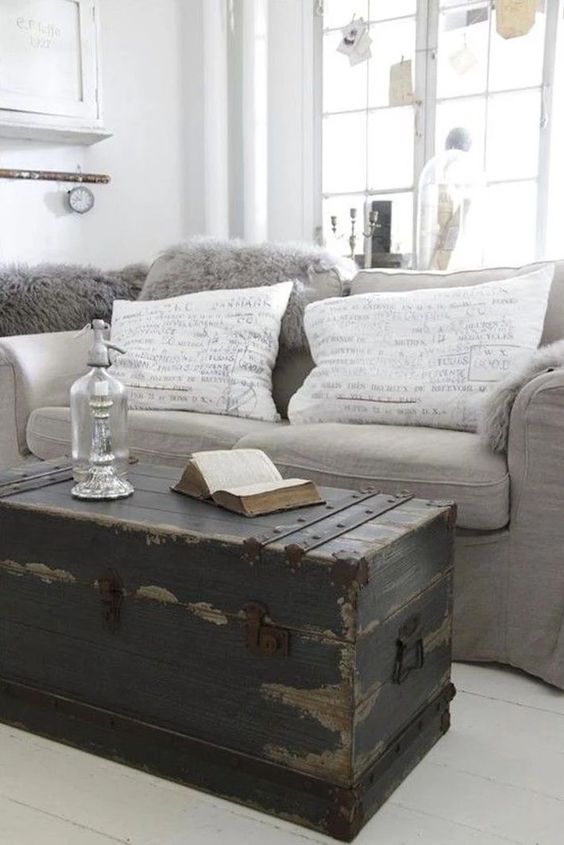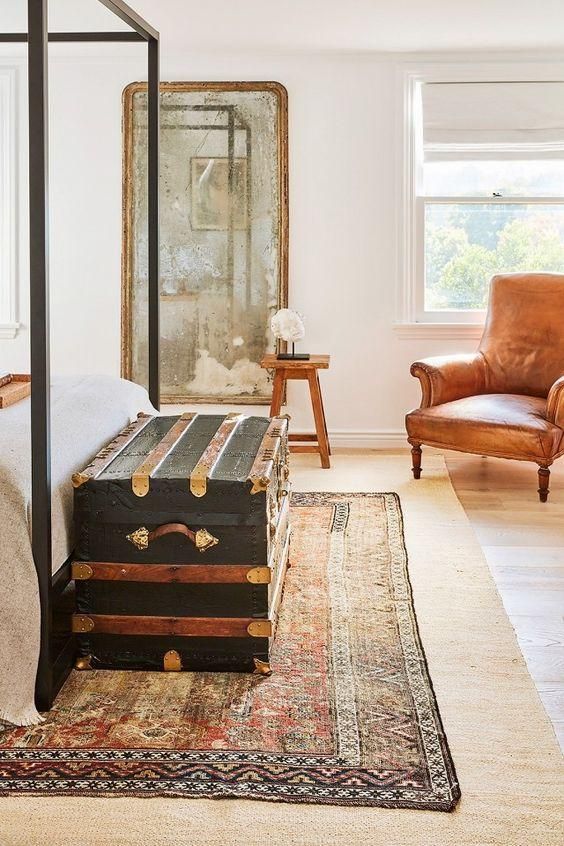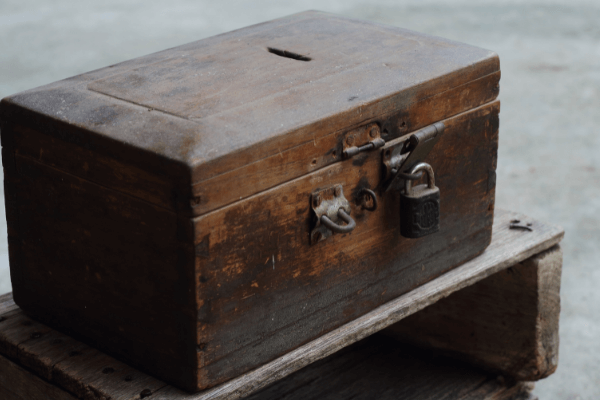Antique Chests Through The Eras
Historically used to store valuable items or for transporting goods, antique chests have been a mainstay for hundreds of years. After all, if you had something you valued and wanted to keep safe, a lockable box seems like a logical choice, especially for storing money. While today we can enjoy the easiness and flexibility of online banking, storing more tangible currency comes with its own vulnerabilities and challenges. This blog will focus on antique chests from the Georgian and Victorian eras highlighting the developments in construction and style that had occurred, if you would like to view our full range of antique chests, please click here.
CHESTS IN THE GEORGIAN ERA
As the developments in furniture making took place, with greater numbers of makers, furniture became more complex and elaborate. The functionality was not the only consideration for pieces, as there was a greater focus on aesthetics. Ensuring items were appealing to customers without hindering the overall functionality became key to successful enterprises. The older 17th Century antique chests have a great amount of charm in their planer appearance, evidencing how they have stood the test of time. In regards to whether there is a quintessential ‘Georgian’ look it must be noted that Georgian chests that have survived will differ in style and design, with most chests from the period being in the planer style associated with the entrepreneurial class.
One of the most popular design styles for antique chests in the Georgian period was the gothic or mediaeval style, decorated with intricate carvings, evoking settings of castles and cathedrals. The gothic style saw increasing demand throughout the period and this saw the introduction of far more intricate designs beyond what was traditionally considered ‘gothic’.
Chinoiserie also gained popularity, mimicking the Chinese style for Western-made pieces, drawing on concepts from Eastern history and symbolism. Incorporating Chinoiserie into interiors allowed owners partake in the excitement around Eastern style design, even if they did not have access to the imported pieces which were only available to those who were in the highest positions in society.
Another piece of information to note about furniture during the Georgian era is the prominence of specific designers within furniture making. Such was the prominence that developments in design were often attributed to and named after a specific creator associated with the style. For example, designer Thomas Chippendale is a prominent figure, who’s influence permeated many types of furniture due to the diverse nature of his designs, both in furniture types and in intricacy.

Antique Chests add charm and additional storage to any space.
CHESTS IN THE VICTORIAN ERA
The Victorian era saw a slew of changes, though this was the era in which the gothic revival took place. It was distinct from the gothic styles of the Georgian era, crucially in the panelling. Previously panelling had been more straightforward and squared, but geometric panelling came to the forefront in this era, alongside panelling that resembled the lancet arches of traditional gothic architecture. However, many of these aesthetic changes were not applied to chests and so they were not necessarily too dissimilar from their predecessors.
The design changes to antique chests in the Victorian era primarily concerned the rise of storage boxes in connection with travel. With the expansion of the British Empire and the growth of various newly independent nations, emigration became an appealing prospect to some. Travel trunks were thus a great way of transporting the goods and valuables necessary to set up life in a new country.
They generally had handles on either side for ease of transport and were sturdy and secure with locks or clasps to prevent theft or accidental loss of items. They also had an emphasis on function over form, which was potentially a by-product of the market they appealed to, such as the entrepreneurial class who travel for business. These travel trunks became more commonplace through the 20th Century as mass emigration became more accessible. As such there are many antique and vintage steamer trunks or travel chests in circulation today.

Antique chests work wonderfully in modern interiors.
FINDING THE PERFECT ANTIQUE CHEST
Building on that last point, today, many antique and vintage chests, coffers and trunks are circulating. They were a useful and, therefore, a common item for most households and families. Though the more decorative ones will be harder to find (damage to a carved surface is more de-valuing than damage to a flat surface) and more expensive, they are available.
In terms of contemporary chests, they are not all too common. There is less of a need for them with online databases and banking securing most valuables that would have necessitated a chest in the past. Other storage solutions have taken their place in travelling, with suitcases providing a more compact and transportable option. The ease of modern travel also means we are required to take less items when going between places as we no longer need to travel weeks or months due to cars and planes.
For anyone in the market for antique chests, there are numerous options. In terms of antique furniture, they certainly fall into the more affordable brackets. Though you will not (likely) need to store the deeds to your house or land in them as once was common, they can still hold your valuable items or be repurposed into a toy or blanket box. If you look for a more historic or rustic aesthetic, antique chests can be used to incorporate these looks into your interiors while also providing storage space.
To keep up to date with our latest content and news, be sure to subscribe to our newsletter. We will send the latest business updates, exclusive discounts and much more straight to your email! For more design inspiration, check out our Instagram!

